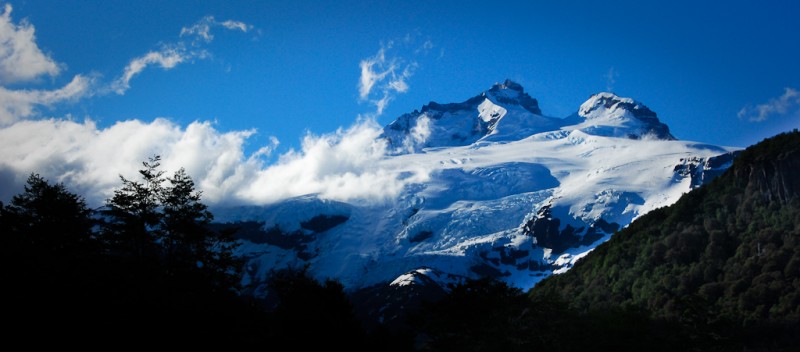The ideal “travel” camera is a compromise between convenience and quality (which equals weight). Although talent is a large component of good photography, the better the equipment, the better the pictures. Unfortunately, better equipment translates into expense and weight. Both expense and weight are not well suited for travel photography.
For pictures of the kids standing in front of the Eiffel Tower, a good point and shoot will work. Canon or Panasonic are the leaders in this area. However, the sensors in these cameras are small. Consequently, they tend to have a lot of noise. They take perfectly good 4×6 pictures, but will generally not take good “displayable” larger pictures. In addition to their small sensor size, they usually do not have the options required by any one who wants creative control over the camera.
In terms of quality, the next class of camera up the camera ladder is the Four Thirds system. Unlike older SLR systems, Four Thirds cameras have been designed from the ground up to be entirely digital. Many lenses are extensively computerized and lens design has been tailored to the requirements of digital sensors. The size of the sensor is slightly smaller than for most DSLRs which means that lenses can be smaller. Currently, however, Four Thirds systems do not quite match the quality of digital “APS” size SLR cameras. My concern with this system is lasting adoption. This new system may go the way of the Advanced Photo System (“APS) film camera. Kodak introduced APS film cameras in the mid nineties and discontinued them in the 2004.
Digital SLRs using “APS” size sensors are the next rung up the camera system ladder. The sensor size is roughly 25.1 × 16.7mm which is considerably smaller than the classic 35mm film size of 35 x 24mm. However, because the sensors are smaller, lens can be designed which are lighter and have greater focal range.
Full frame cameras are at the highest rung of the ladder (for any one other than professional photographers). The have sensors roughly the same size as classic 35mm film (35 x 24mm). These cameras take great pictures – especially in low light. However, they are big and they typically require larger lens with shorter focal lengths. This translates into heavier lenses and more of them. They are the choice of many professionals and wedding photographers. Full size cameras with the associated lenses are not practical for most non-professionals in most travel situations.
In future posts, I will provide additional details and recommended cameras for each type of system.
